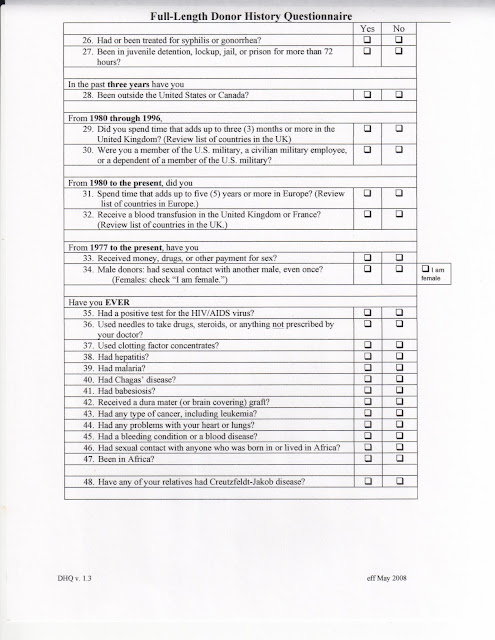Classic SF, fantasy, and horror author Theodore Sturgeon’s unique short novel SOME OF YOUR BLOOD (1961) -- perhaps less remembered than it should be -- holds a special place in my heart as one of the earliest horror novels I read while first exploring the field as a teenager. Like Stoker’s DRACULA, SOME OF YOUR BLOOD is narrated in an epistolary format, as a collection of documents. In a provocative twist on this technique, Sturgeon includes a nameless frame narrator who, at the beginning of the book, invites the reader to delve into a psychiatrist’s files and, at the end, to reflect on the case. Thus we're drawn into the story as more than objective observers. How do we think the “vampire” should be treated, and why? “What is he to you?” the frame narrator asks.
An Army psychiatrist receives a referral for an enlisted man who hit an officer with no apparent provocation. The psychiatrist tells the patient to write an autobiography, which he does in third person, calling himself “George.” George, a bright though not highly educated young man from a rural mountain community, is the son of Hungarian immigrants. The autobiography reveals him as an odd loner, abused by his father. Between the lines of George’s life story, however, lurk clues to his dark secret -- he drinks blood. The Army doctor comes across as intelligent and likable, and his case notes as well as a lively exchange of letters with a colleague at another military base let us follow him step by step as he uncovers the truth behind the patient’s façade of quiet cooperation.
Hints of the young man's pathology hide in the cracks of his unpolished yet vivid self-portrait. Through the transcripts of the subsequent therapy sessions, we gradually come to see those details from an entirely new angle. The doctor’s notes include intriguing background materials about historical human blood drinkers, set in a Freudian framework. Young George emerges as a surprisingly sympathetic character for a sociopath. (He isn’t a stereotypical serial killer; he commits his couple of murders almost by accident.) His very brief letter to his girl back home holds a touch of pathos: "Dear Anna, I miss you. I wish I had some of your blood." In another neat touch, Sturgeon pays homage to the genre’s roots with “George’s” real name -- Bela.
By the way, Sturgeon, in addition to his numerous novels and short stories in a variety of subgenres, wrote the groundbreaking STAR TREK episode "Amok Time."
Margaret L. Carter
Please explore love among the monsters at Carter's Crypt.





































